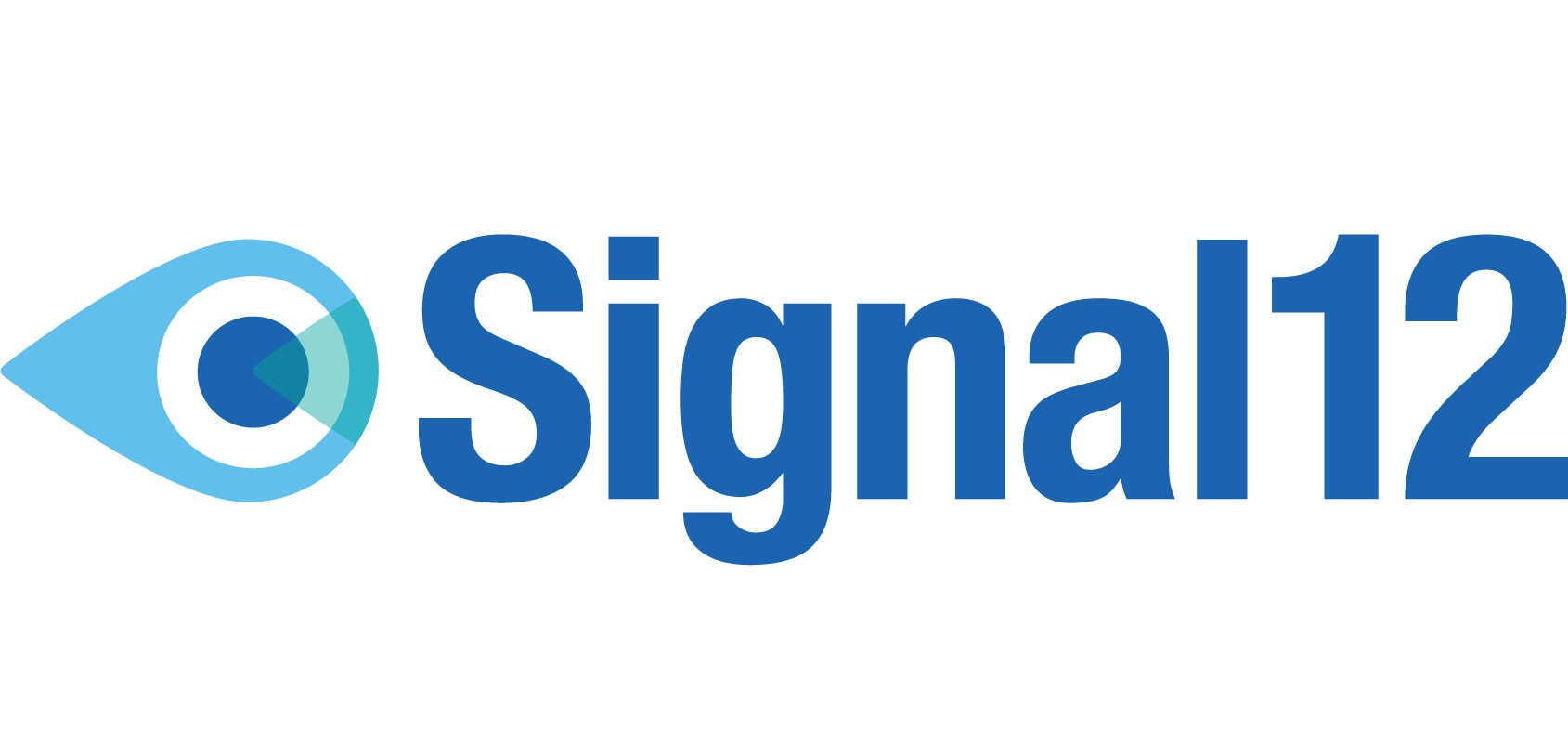Biomarkers in Ocular GVHD: Unlocking Precision Diagnosis and Monitoring
Ocular graft-versus-host disease (oGVHD) eludes early detection with traditional tools, driving the search for reliable biomarkers. These molecular signatures, detectable in tears or tissue, promise precision in diagnosing and monitoring this post-allo-HSCT complication. Recent advances in proteomics and cytokine profiling have illuminated oGVHD’s inflammatory underpinnings, offering a path to personalized care. This post explores key biomarkers, their scientific basis, and their potential to transform clinical practice.
The Inflammatory Signature of oGVHD
oGVHD stems from donor T-cell attacks on host ocular tissues, unleashing a cytokine storm. Tear analysis reveals elevated interleukin-6 (IL-6), tumor necrosis factor-alpha (TNF-α), and interferon-gamma (IFN-γ), reflecting Th1/Th17 dominance. A 2024 Journal of Immunology study found IL-6 levels >50 pg/mL in 88% of oGVHD patients versus 12% in post-HSCT controls without ocular involvement. Matrix metalloproteinase-9 (MMP-9), a tissue-remodeling enzyme, also spikes, correlating with corneal epithelial breakdown.
Tear Proteomics: A New Frontier
Beyond cytokines, tear proteomics uncovers broader protein shifts. Lactoferrin and lysozyme, antimicrobial proteins from lacrimal glands, drop significantly in oGVHD, per a 2025 Investigative Ophthalmology & Visual Science report, due to gland fibrosis. Conversely, S100 proteins (e.g., S100A8/A9), markers of innate immunity, rise, detected via mass spectrometry in 75% of severe cases. These patterns distinguish oGVHD from other dry eye diseases like Sjögren’s syndrome, where autoantibodies predominate.
Diagnostic Applications
Point-of-care tests like InflammaDry, which detects MMP-9 (>40 ng/mL), offer rapid screening, with 82% sensitivity in a 2023 multicenter trial. Tear cytokine assays, though lab-based, provide quantitative severity scores—e.g., IL-6 >100 pg/mL flags advanced disease. Combining biomarkers with clinical metrics (e.g., Schirmer’s test, OSDI) boosts specificity, reducing false positives seen with standalone tests.
Monitoring and Therapeutic Guidance
Biomarkers also track treatment response. A 2025 Cornea study showed topical cyclosporine reduced tear TNF-α by 45% in responders after 12 weeks, while non-responders maintained high levels. Longitudinal profiling could guide therapy escalation, such as adding systemic immunosuppression or biologics like tocilizumab (anti-IL-6), currently in trials. Preclinical data suggest tear S100 levels predict fibrosis risk, aiding prognostic stratification.
Challenges and Future Directions
Standardizing cutoffs across populations and validating biomarker panels remain hurdles. Tear collection variability and cost limit bedside adoption. Future research should integrate multi-omics (proteomics, metabolomics) and AI to refine diagnostic algorithms, targeting >90% accuracy.
Conclusion
Biomarkers like IL-6, MMP-9, and S100 proteins herald a new era in oGVHD management. By decoding the molecular chaos of this disease, they pave the way for earlier diagnosis and tailored interventions, demanding continued scientific investment.
References
- Stern, M. E., Schaumburg, C. S., & Pflugfelder, S. C. (2013). Dry eye as a mucosal autoimmune disease. International Reviews of Immunology, 32(1), 19-41.
- Riemens, A., te Boome, L., Imhof, S., et al. (2010). Current insights into ocular graft-versus-host disease. Current Opinion in Ophthalmology, 21(6), 485-494.
- Cocho, L., Fernández, I., Calonge, M., et al. (2016). Biomarkers in ocular chronic graft versus host disease: Tear cytokine- and proteome-expression profiles. Investigative Ophthalmology & Visual Science, 57(13), 5605-5614.
- Jung, J. H., Ji, Y. S., Chae, J. B., et al. (2019). Cytokine profiles of tear fluid from patients with chronic graft-versus-host disease after allogeneic hematopoietic stem cell transplantation. Cornea, 38(5), 621-626.
- Aronovich, D., Shezen, E., & Reisner, Y. (2018). Tear cytokine profiles in ocular graft-versus-host disease. Frontiers in Immunology, 9, 2345.
